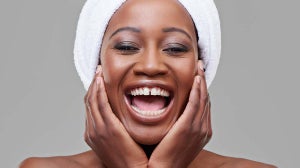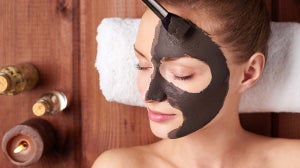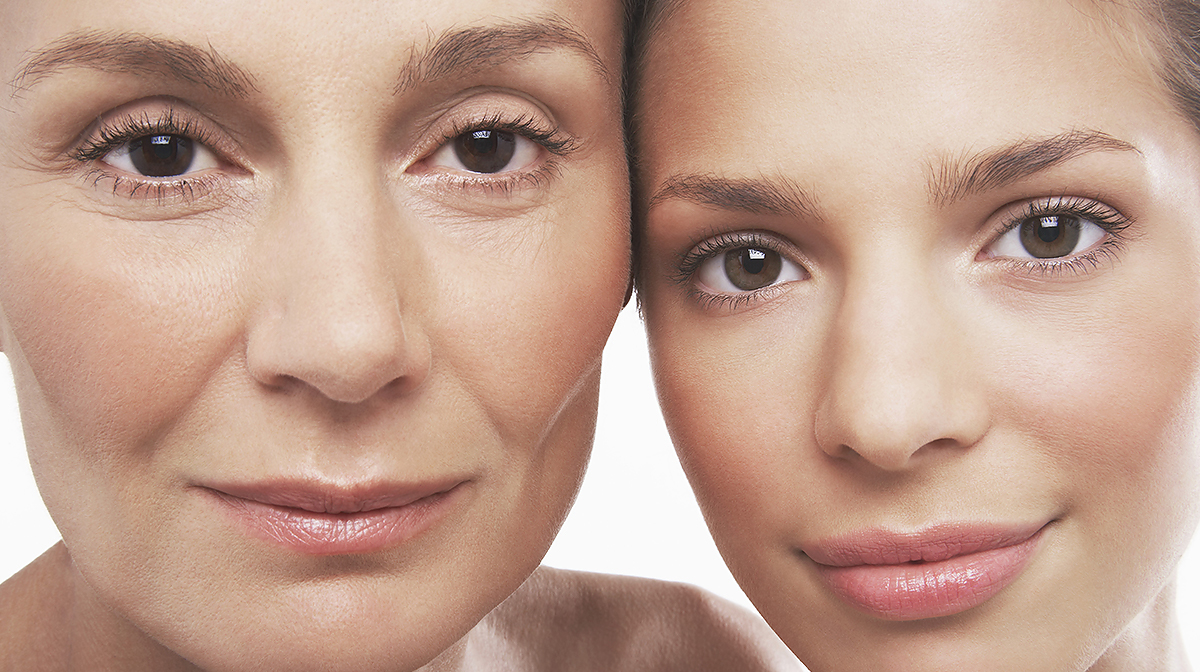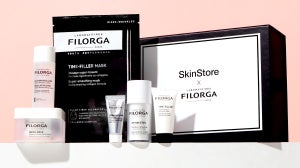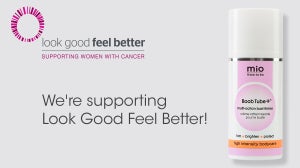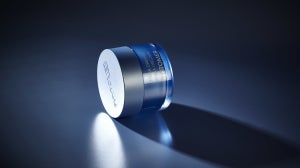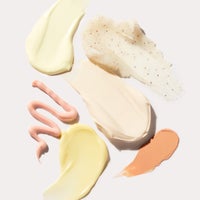
It’s routine and almost somewhat expected to stick with the skincare products that work for us. But as the skin ages and changes, those tried-and-true formulations sometimes need to be swapped out for something more age-appropriate. The skin experiences changes at each decade of life, and to keep it healthy, supple and glowing while limiting the common effects of aging, new ingredients and technologies need to be introduced to benefit the skin at whatever current stage.
Figuring out what types of skincare products to use at certain stages of life can be daunting. So, consider this your comprehensive guide on how to dial-up, or in some cases down, your skincare routine by age to make it compatible with your skin as it ages.
Table of Contents:
- Nurturing Skin in Your 20s
- Thriving in Your 30s
- Flourishing in Your 40s
- Maintaining Radiance in Your 50s and Beyond
- Holistic Approaches to Ageless Skin
- Aging Gracefully with Skin Care Wisdom
- Tailoring Skincare to Individual Needs
- Seeking Professional Guidance
- The Bottom Line
Nurturing Skin in Your 20s
During your 20s, your skin is still in its prime—collagen production hasn’t completely dipped yet, the skin typically doesn’t show significant signs of environmental or sun damage, dullness or tiredness just yet, and the complexion still boasts its healthy, vibrant glow. For some people, the skin may experience the occasional breakout here and there, or adult acne may start to surface. But for the most part, skin in its 20s is still healthy.
Use this period to instill healthy skin care habits if you haven’t already and devise age-appropriate skin care in your 20s routine that consists of regular cleansing to lift away dirt and oil without over drying the skin, light exfoliation, moisturization, and daily sunscreen. No matter how tired you may be, it’s critical at this stage (and every age) to always remove all your makeup and sunscreen before bed. And if the occasional breakout surfaces, a spot treatment will help. Regular exfoliation with an alpha hydroxy or beta hydroxy cleanser or serum is also beneficial to keep dead skin cells out of the pores, which can clog them and cause acne.
Even if your skin isn’t showing any signs of aging just yet, they’re probably right around the corner, especially if, in your 20s, you follow a hands-off approach to skin care. The best skincare routine for the 20s incorporates using an antioxidant in the morning and sunscreen daily (in addition to makeup that contains SPF) regardless of the weather or time of year. This will help set you up for skin success as the skin inches out of your 20s.
Related Article: Dealing with Acne at Any Age
Thriving in Your 30s
Skin in its 30s is in what many experts call the transitional years—it doesn’t experience the excessive oiliness or pimples it did during its 20s, but it’s also not in the throes of aging as it will experience once 40 hits. Skin care in your 30s needs to address the first signs of aging that may become mildly visible, like small sunspots, discoloration and uneven skin tone, a bit more skin texture, and fine lines settling in. There may also be some volume loss in the cheeks and under the eyes and a general dulling of the skin, especially if exfoliation doesn’t happen regularly.
The best skincare routine for 30s focuses on treating the first signs of aging. As the skin ages, the rate at which it naturally repairs and rejuvenates itself starts to slow, giving way to skin that looks less firm and plump. Also, the delicate, thin skin under the eyes may darken and become heavier despite your best attempts to get a solid eight hours of shut eye every night.
Skin care routine for 30s is a time to add a few more key skincare products into your current routine, such as an antioxidant serum to protect against free radical damage and brighten the skin, and a low-strength retinol or retinoid—try bakuchiol of vitamin A-derived products are too strong for your skin—which will help speed up the rate of exfoliation while stimulating collagen. The skin may require a little thicker moisturizer now than it did before. Hydrating creams and serums that promote firmness and elasticity also deserve a spot in the rotation to keep the skin moisturized, plump and supple.
Related Article: Say Goodbye to Uneven Skin Tone: Effective Strategies for Treating Hyperpigmentation
Flourishing in Your 40s
As your skin enters 40, its natural levels of hyaluronic acid, elastin and collagen are starting to decrease faster than ever before, leaving the skin thirsty and sagging. It’s normal to see volume deficiencies in the early 40s through the late 40s. When coupled with diminished collagen and elastin in the skin, wrinkles, lines, sun damage, and other signs of hyperpigmentation become more prominent. Treating the skin to thicker, richer moisturizing creams and serums with hyaluronic acid glycerin and ceramides appropriate for your skin type can help further delay more apparent signs of aging. The key is to reinstate and strengthen the skin barrier to prevent water loss in the skin.
Skin care in your 40s should always consist of sunscreen, which is always essential. However, you’ll want to use more than what’s in your regular skincare products. So, if your day cream contains sunscreen, play it safe and layer on an additional level of protection with sunscreen of at least SPF 30.
Skincare routine for 40s is also when you’ll likely start dipping your toes in the non-invasive skincare procedure and treatment pool (if you haven’t already done so). While you can't discount good skincare habits, nonsurgical treatments at the doctor’s office can help further support the skin and make the skincare product you use at home even more effective. In-office procedures and treatments are also suitable for creating a stronger basis. As the skin ages, whatever it loses is replaced with treatments like lasers, chemical peels, injectables, and fillers.
Related Article: The Importance of Sunscreen: Your Skin’s Anti-Aging Secret Weapon
Maintaining Radiance in Your 50s and Beyond
Skin faces unique challenges as it turns 50 and beyond, so a particular skincare routine is critical. All the skin concerns from your 40s are still in play and something to be concerned with, but now there are additional hormone-related factors to address. At this point, the skin has lost a considerable amount of collagen and elastin and will continue to give way to deeper-set wrinkles and sagginess. Years of sun damage and blue light exposure result in harder-to-erase discoloration and dry, worn-out-looking skin. The key here is to flood the skin with loads of moisture as often as possible.
During your 50s, you’ll want to replace lighter-weight moisturizers and serums with rehydrating ones that nourish the skin. Collagen boosters like retinol, peptides and vitamin C are all necessary in the 50-something skincare routine. If you’ve been using these ingredients for a time, the skin can likely handle a higher concentration and a more frequent application. Exfoliation is still key in an over-50 skincare routine, but a gentler exfoliating cleanser may be necessary due to the skin changes that occur during your 50s and beyond.
Since hormone-related changes like menopause, which causes a decrease in estrogen, occur in your 50s and beyond, the skin will appear thinner with less elasticity and volume, particularly in the mid and lower face. Hormonal fluctuations can also cause acne to reappear and pigment to become more prominent.
Skincare for over 50 shouldn’t just consist of creams and serums. Incorporating a holistic approach to caring for your skin is essential, including a well-rounded diet, regular exercise, plenty of stress, and ways to mitigate stress.
Related Article: Skin Care’s Most Powerful Protein: Discover the Importance and Youth-Boosting Benefits of Collagen
Holistic Approaches to Ageless Skin
Following a skincare routine by age is only one-half of the solution to achieving youthful, ageless skin. The other part is to eat right, stay hydrated by drinking plenty of water, get enough sleep every night, and limit stress, be it through meditation, journaling or something else that makes you feel relaxed. Coupling these holistic elements with a well-rounded skincare for whatever stage of life your skin is in will help maintain it and keep it looking youthful for longer.
Related Article: An At-Home Face Lift: The Best Skincare and Devices to Tighten Skin
Aging Gracefully with Skin Care Wisdom
Every skin decade has its own needs, but it’s also important to consider your skin’s individuality and what it may experience at any given time. For example, if your skin needs less hydration at a particular point or more help in the discoloration department, feel free to tailor the routine to address your specific concerns.
In your 20s, the focus should be on establishing a good routine that consists of the basics; the 30s are about minimizing the first signs of aging and establishing more of an anti-aging routine; the 40s consists of stimulating and maintaining collagen and elastin while minimizing volume loss; and the 50s and beyond are all about hydration and limiting the effect of hormone-related changes.
No matter where you are in your skin journey, it’s essential to embrace and nurture your skin and always treat it with plenty of TLC to maintain its vitality and health.
Tailoring Skincare to Individual Needs
The key to garnering the best results from your age-centric skincare routine is personalizing it to what your skin needs. Everyone’s specific skin type, concern and sensitivities come into play here, and while there are plenty of ingredients and practices to take note of, not everything is a direct fit for every skin type.
You’ll want to re-assess your skin type every decade since it’s likely that the skin will change, and therefore, the formulas and ingredients you choose may need to be adjusted along the way. Once you have a good idea of your skin’s needs and how it’s changed, you can better select the right ingredients for each concern. For example, hyaluronic acid and ceramides are better for hydration, while niacinamide helps with pigment and breakouts. For overall exfoliation, look to alpha hydroxy acids and even retinol, which can increase in strength at various ages.
Seeking Professional Guidance
There’s no denying the help of a dermatologist or skincare professional when making smart skincare choices. Sometimes, what we think is best for our skin isn’t, and vice versa. Finding a good dermatologist who can guide you through the different stages of aging skin is worth its weight in gold.
When it comes to professional, in-office treatments, like injectables, lasers, chemical peels, and microdermabrasion, it’s of the utmost importance to only seek treatment with a skilled provider like a dermatologist or aesthetician. Don’t trust your skin to just anyone, and always make sure whoever performs your cosmetic treatments is reputable, educated and well-trained. The best way to find a qualified and skilled skincare professional or dermatologist is to ask for referrals and then do your homework to qualify their credentials and ensure they are in good standing with the appropriate boards, certifications and associations.
The Bottom Line
As you continue to age, so will your skin. That’s why it’s essential to know that skincare is ever-changing, and what worked at one point in your life may not be the best fit at another. To maintain healthy, vibrant, youthful skin, always consider where in your skincare journey your skin is and what it needs at different ages. But good skin isn’t just about what you apply; it also consists of a holistic approach to aging that feeds all aspects of your mind, body and soul with goodness, so your skin functions optimally.
Shop from over 300 brands at SkinStore and find skincare products that work for you at any age.

Related Articles
